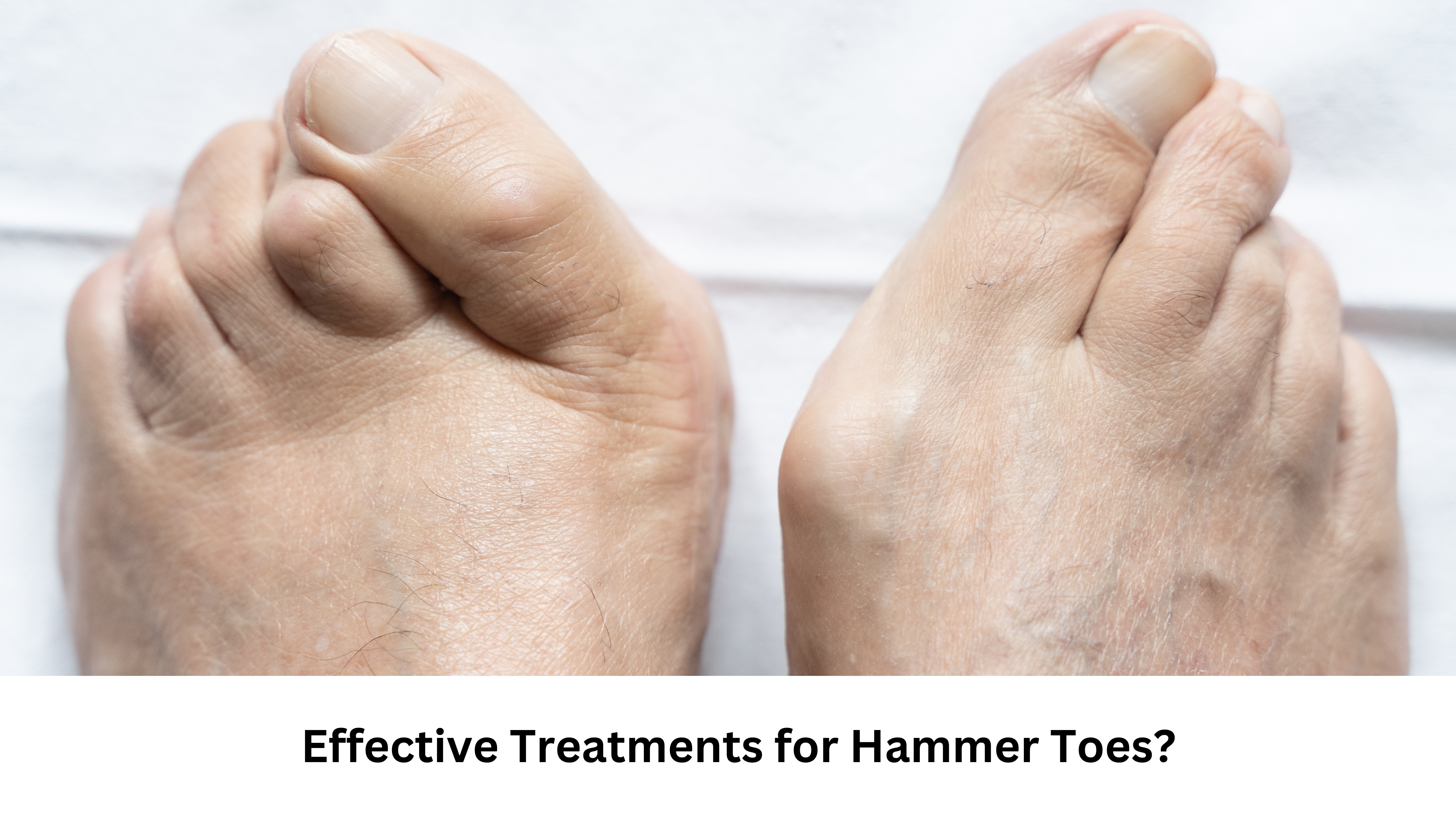Hammer toes are a common foot condition characterized by an abnormal bend in the middle joint of a toe, typically affecting the second, third, or fourth toes. This condition can cause pain and discomfort, especially when wearing shoes. Understanding effective treatments is essential for managing hammer toes, particularly for residents of Illinois, including Chicago, Elmhurst, Tinley Park, Downtown Chicago, and Flossmoor.
What Causes Hammer Toes?
Hammer toes can result from various factors, including:
- Improper Footwear: Shoes that are too tight or have high heels can force the toes into a bent position.
- Muscle Imbalance: Weakness or tightness in the muscles and tendons around the toes can contribute to the deformity.
- Genetics: A family history of foot problems can increase the risk of developing hammer toes.
- Foot Conditions: Conditions such as arthritis or neurological disorders can also lead to hammer toes.
Effective Treatments for Hammer Toes
- Footwear Modifications
- What to Do: Choose shoes with a wider toe box and low heels to reduce pressure on the toes. Look for shoes made of flexible materials that allow for toe movement.
- Orthotic Devices
- What to Do: Custom orthotic inserts can help distribute pressure more evenly across the foot and alleviate pain. Consult a podiatrist for a proper fitting.
- Stretching and Strengthening Exercises
- What to Do: Regularly perform exercises to stretch and strengthen the muscles in the toes and feet. Simple exercises include:
- Towel curls: Use your toes to pull a towel toward you.
- Toe stretches: Gently pull your toes back to stretch them.
- What to Do: Regularly perform exercises to stretch and strengthen the muscles in the toes and feet. Simple exercises include:
- Splints and Toe Pads
- What to Do: Use splints or pads designed to hold the toe in a straight position and relieve pressure. These can be particularly helpful when worn at night.
- Pain Management
- What to Do: Over-the-counter pain relievers, such as ibuprofen or acetaminophen, can help manage discomfort associated with hammer toes. Additionally, applying ice to the affected area can reduce swelling.
- Physical Therapy
- What to Do: A physical therapist can develop a personalized exercise program to improve flexibility and strength in the foot and toes.
- Surgical Options
- What to Do: If conservative treatments do not provide relief, surgery may be necessary to correct the toe’s position. Common procedures include:
- Tendon release: To allow the toe to straighten.
- Joint fusion: To stabilize the toe joint.
- What to Do: If conservative treatments do not provide relief, surgery may be necessary to correct the toe’s position. Common procedures include:
When to See a Podiatrist
If you experience persistent pain or discomfort from hammer toes, consult a podiatrist for a thorough evaluation. They can recommend a tailored treatment plan based on your specific needs and foot type.
Conclusion
Hammer toes can cause significant discomfort, but effective treatments are available to manage this condition. From footwear modifications to surgical options, taking proactive steps can help alleviate pain and improve your quality of life. If you live in Illinois, including Chicago, Elmhurst, Tinley Park, Downtown Chicago, or Flossmoor, schedule a consultation with a qualified podiatrist to explore the best treatment options for your hammer toes. Don’t let foot pain hold you back—take action to keep your feet healthy!




